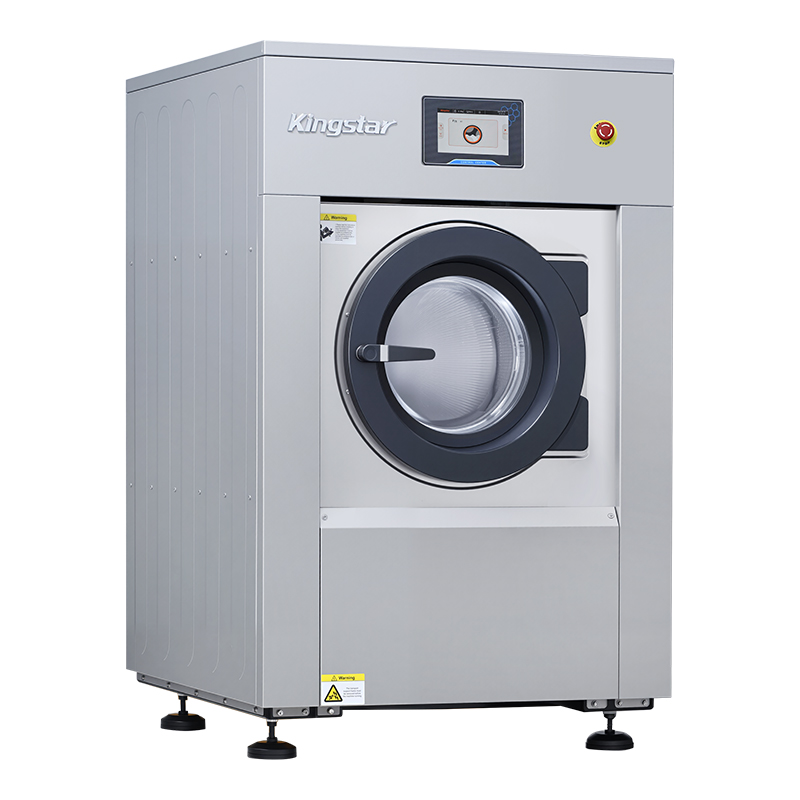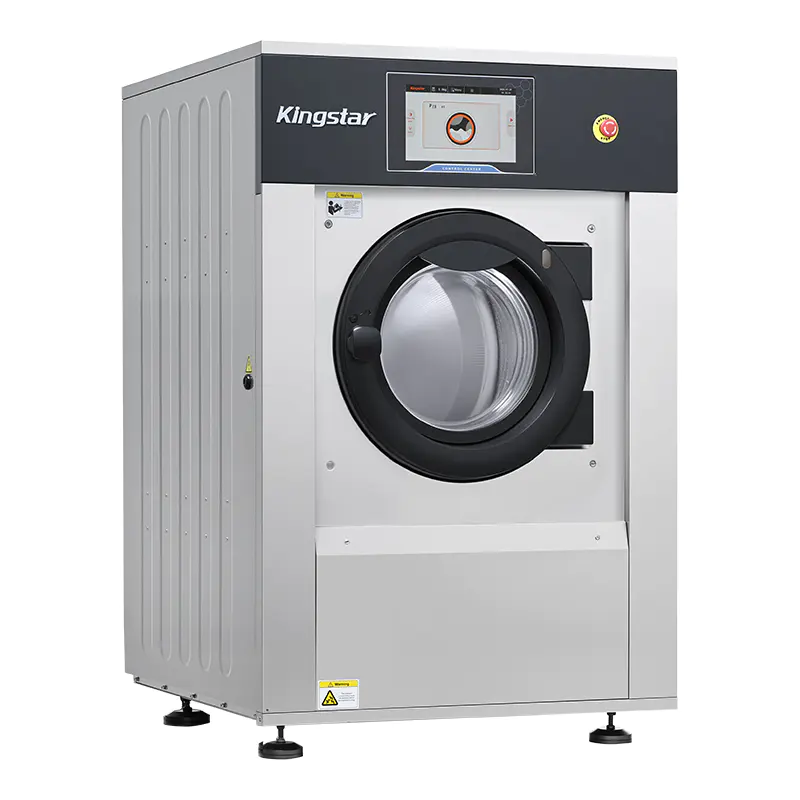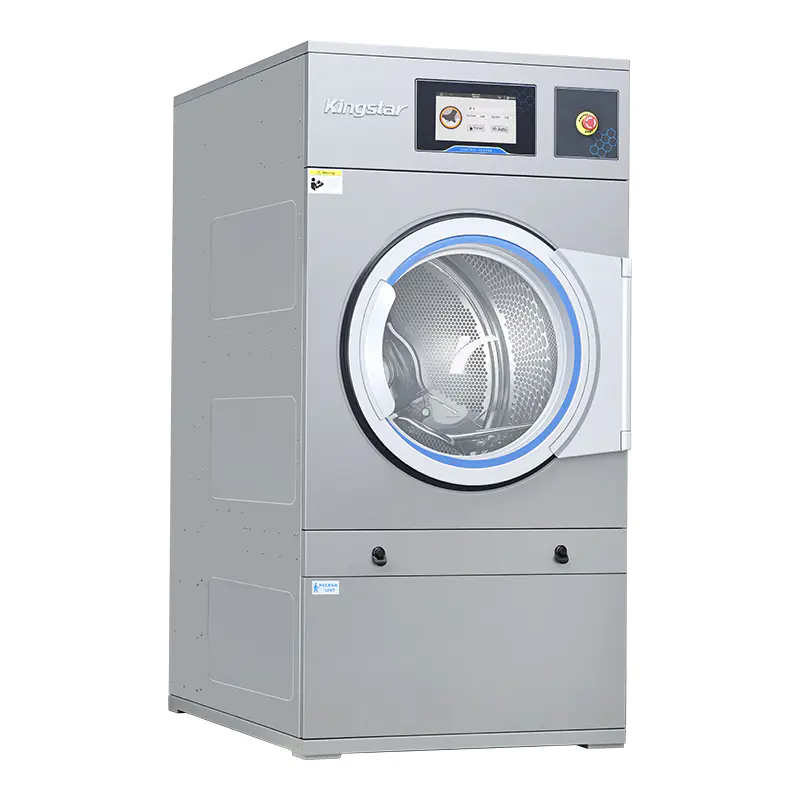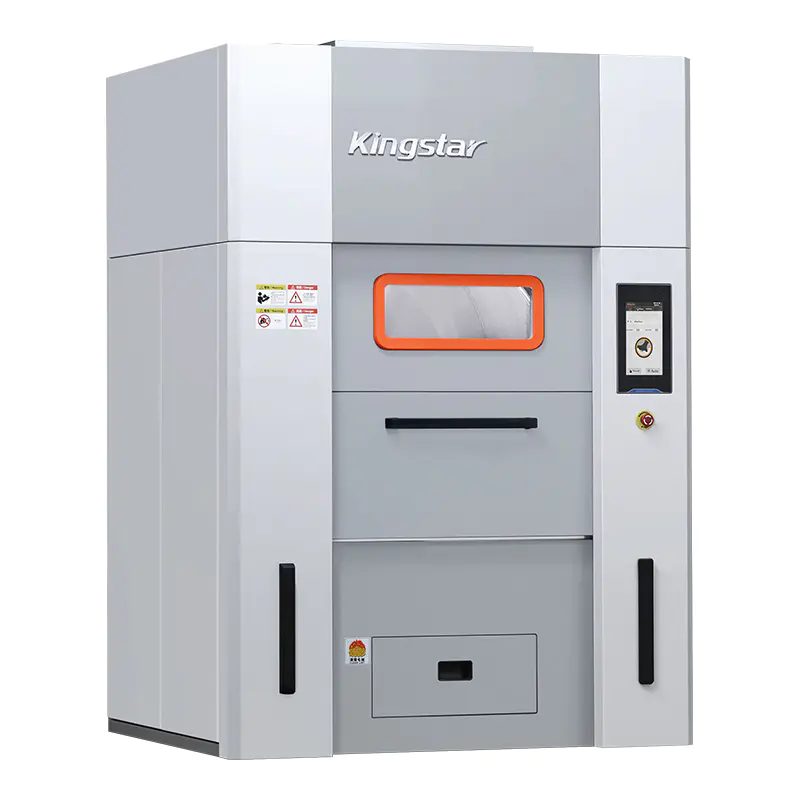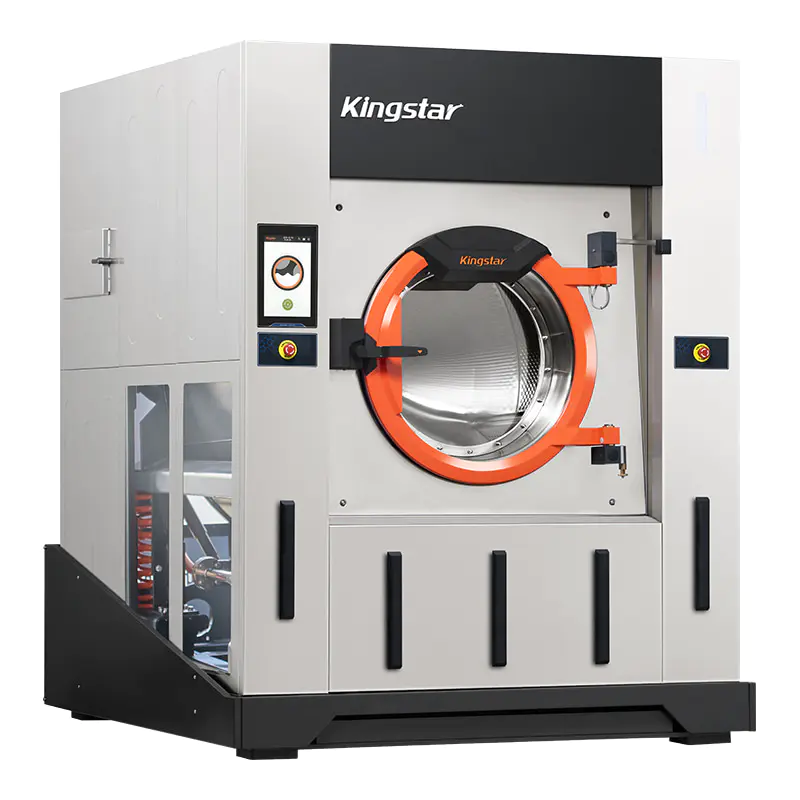
The Classification and Characteristics of Regenerated Cellulose Fibers
After knowing natural fibers (cotton, linen, silk, and wool) and synthetic fibers (polyester, nylon, and spandex), today we will focus on another major category in clothing fabrics, regenerated cellulose fibers.
The raw materials of this type of fiber come from cellulose in natural plants such as wood, bamboo, and cotton linters. By specific chemical or physical processes, these natural celluloses are dissolved, purified, and then spun into fibers. Its most important feature lies in the fact that the raw materials are renewable, the production process is relatively eco-friendly (in some cases), and the final product is biodegradable. Therefore, it is praised as a more sustainable textile option.
There are 5 common regenerated cellulose fibers: viscose fiber, modal fiber, lyocell fiber, cupro fiber. What characteristics do they have? Let’s find out together.
Viscose Fiber
· Viscose fiber mainly comes from cotton pulp or wood pulp. This kind of fabric is quite soft and comfortable, with excellent moisture absorption and breathability. It gives a cool feeling when worn and is known as “artificial cotton” (short fiber) or “artificial silk” (long fiber).
· However, viscose fiber has low wet strength (becomes fragile when exposed to water), is prone to shrinkage, wrinkling, and deformation, and has average wear resistance.
· When washing, use warm water at around 30℃ and choose a neutral detergent. You can choose a wet cleaning machine that can precisely control the mechanical force and use a gentle mechanical force for washing. If you choose hand washing, do not rub or twist vigorously.
Modal Fiber
· Modal fiber is usually made from beech wood and processed by an improved viscose technique. Modal fabric has a softer, smoother, and more lustrous hand feel than viscose, good moisture absorption and breathability, excellent drape, better wrinkle resistance than viscose, and is less likely to stick to the body after sweating.
· The drawback is that it has poor stiffness and tends to become thin, loose, and damaged after multiple washes.
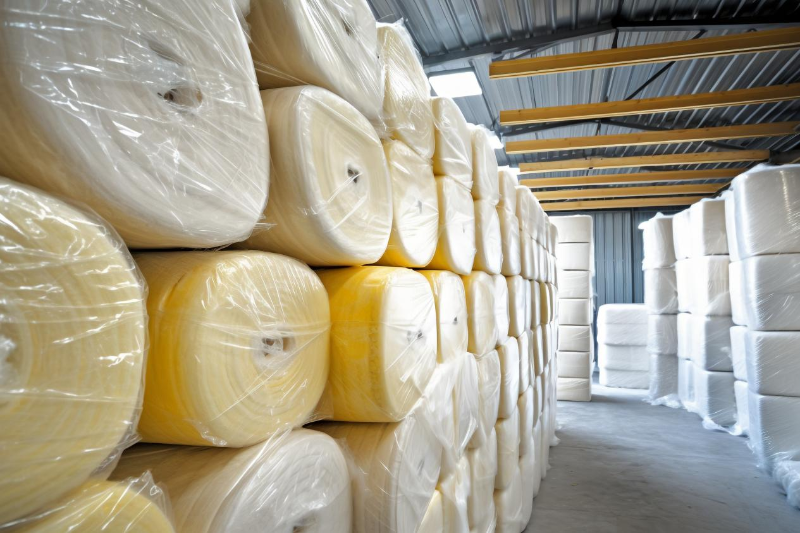
· When washing, warm water at around 30℃ and neutral detergent are also required. The movements should be gentle (hand wash or wet wash gently), and avoid prolonged soaking and washing to prevent fiber damage and thinning.
Lyocell Fiber
· The raw material of Lyocell fibers comes from sustainably managed bamboo, wood (such as eucalyptus), etc. Its production process is more eco-friendly (the solvent is non-toxic and recyclable), and it is praised as “green fiber”. Its moisture absorption and breathability are comparable to those of modal, and its dry and wet strength is higher. The fabric has a natural luster, good drape, fine and smooth touch, and also has certain natural antibacterial properties.
· It has poor crease resistance, is relatively light and thin, and is prone to snagging and holes (especially when wet).
· Use warm water at around 30℃ and neutral detergent. Hand washing with cold water is better. When washing, be sure to be gentle to avoid friction with other rough items that may cause snagging.
Cupro Fiber
· The cross-section of cupro fiber is smooth, with an extremely silky feel and a soft luster, giving it a high-end feel similar to that of real silk. It has excellent moisture absorption and breathability, and is not prone to static electricity. It is often used as the lining of high-end suits and is increasingly seen in summer clothing.
· It is sensitive to acids and alkalis, prone to damage and wrinkling, has higher maintenance requirements, and is usually more expensive.

· When washing, dry cleaning can be adopted. If water washing is required, use warm water below 30℃ with neutral detergent. The movements should be extremely gentle and should not be soaked. After washing, gently press out the water (do not wring), soak it dry with a towel, then lay it flat and shape it to air dry.
Conclusion
The family of regenerated cellulose fibers brings us a skin-friendly, moisture-absorbent, breathable, and natural wearing experience, while also adhering to the concept of environmental protection. When washing, it is advisable to use a low temperature (30℃ or cold water), neutral detergent, and a gentle washing method. If there are heavy stains, they should be removed according to the characteristics of the stains before washing.
ADD:No.388 Xinggang Road, Chongchuan District, Nantong City, 226000, Jiangsu Province, China.
-
Phone: +86-13917089379
-
Tel:+86-13917089379
-
Fax:+86-0513-85663366
-
E-mail:[email protected]
